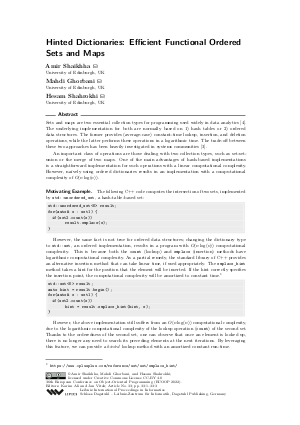LIPIcs.ECOOP.2022.33.pdf
- Filesize: 369 kB
- 3 pages

 Creative Commons Attribution 4.0 International license
Creative Commons Attribution 4.0 International license






Feedback for Dagstuhl Publishing